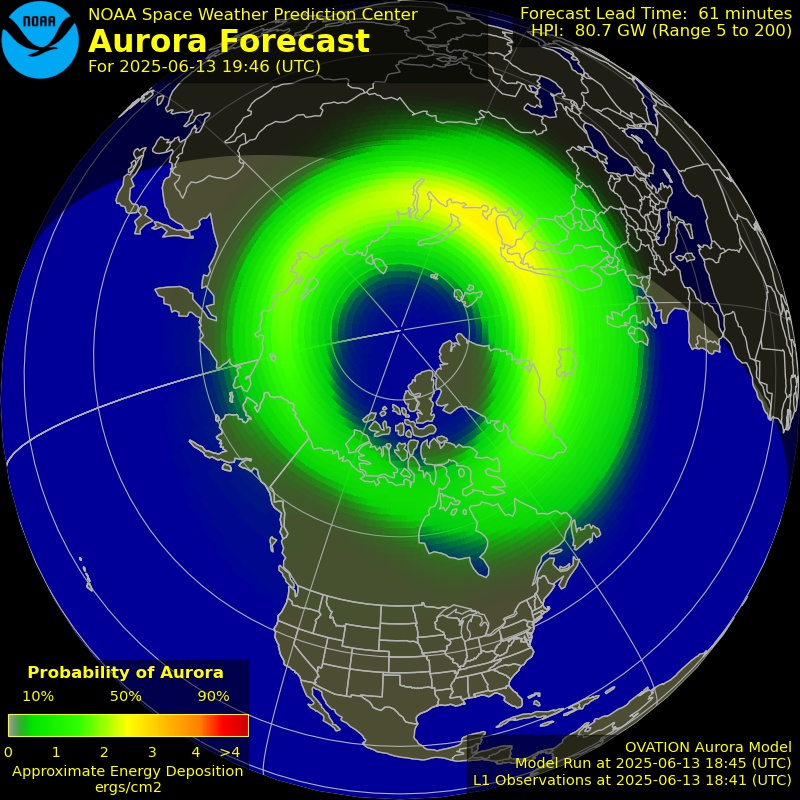Forest firefighting resources 'strained' heading into long weekend.
Aug 04, 2018 07:14AM ● By Editor
An aerial view of blackened expanse left by Kenora 71, as seen on July 24, 2018. (Chris Marchand, Aviation, Forest Fires and Emergency Services)
By Matt Vis of thunderbaynewswatch.com - August 4, 2018
THUNDER BAY – A busy forest fire season across the province has crews hoping for an uneventful August long weekend.
There have already been 942 fires in Ontario so far in 2018, more than three times the 300 at this point last year and significantly more than the 10-year average of 540.
Garry Harland, the Aviation, Forest Fire and Emergency Services fire management supervisor in Thunder Bay, said lightning fires are still popping up from storms earlier this week and more could be on the way Friday and Saturday.
“Our resources are strained right now dealing with the lightning fires we have on the go. Everybody, you have to be super careful with fires because we can’t add any more pressure to what we have on the go,” Harland said on Friday.
“We have no room for human-caused fires this time of the year.”
The fire hazard is currently high in the western and northern portions of Northwestern Ontario, and more moderate in the Thunder Bay area and along the north shore of Lake Superior.
The recent trend of more fire activity up north is continuing this year, Harland said.
“The Red Lake and Sioux Lookout districts are traditionally the busier districts in this region. The hazard really goes with the weather and that weather ebbs and flows,” Harland said.
“There are years when the southern half of the region is busier than the northern half. The last couple of years the northern parts of this region have been busier than the southern half.”
The largest fire currently burning in Northwestern Ontario is Kenora 71, which is more than 10,000 hectares and was started by a lightning strike on July 15. There are about 150 personnel on the fire line, which includes provincial crews with support from firefighters from Saskatchewan, Alberta and the United States.
Crews from the region have also been redeployed to the Northeast, where Parry Sound 33 has grown to more than 11,000 hectares and come within five kilometres of Highway 69.
“We flow back and forth across the province. There are no borders,” Harland said.
“I just got back from Temagami and Parry Sound last week and the team I travel with, we’re going back to Parry Sound next week. I have several crews in the Northeast region, several crews on the Kenora fire, several crews in the Red Lake district and Sioux Lookout district.”

